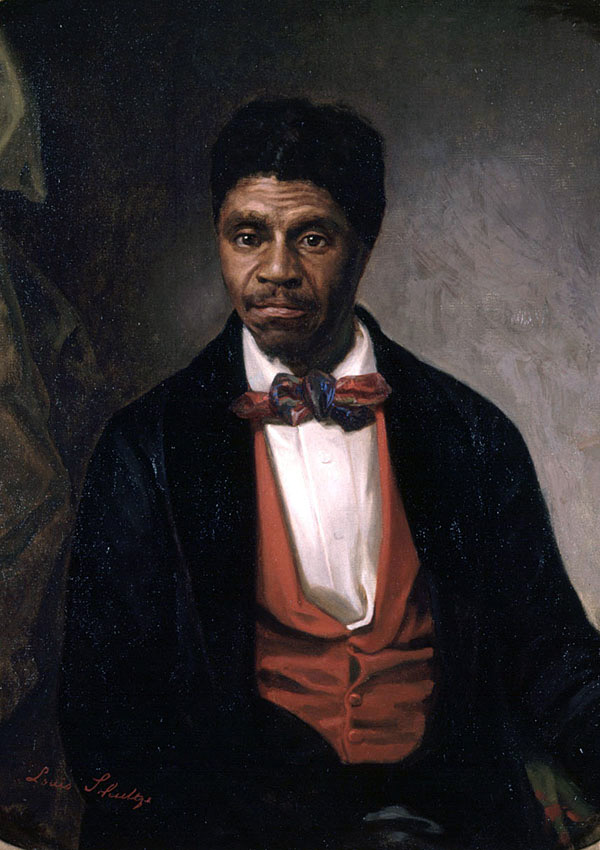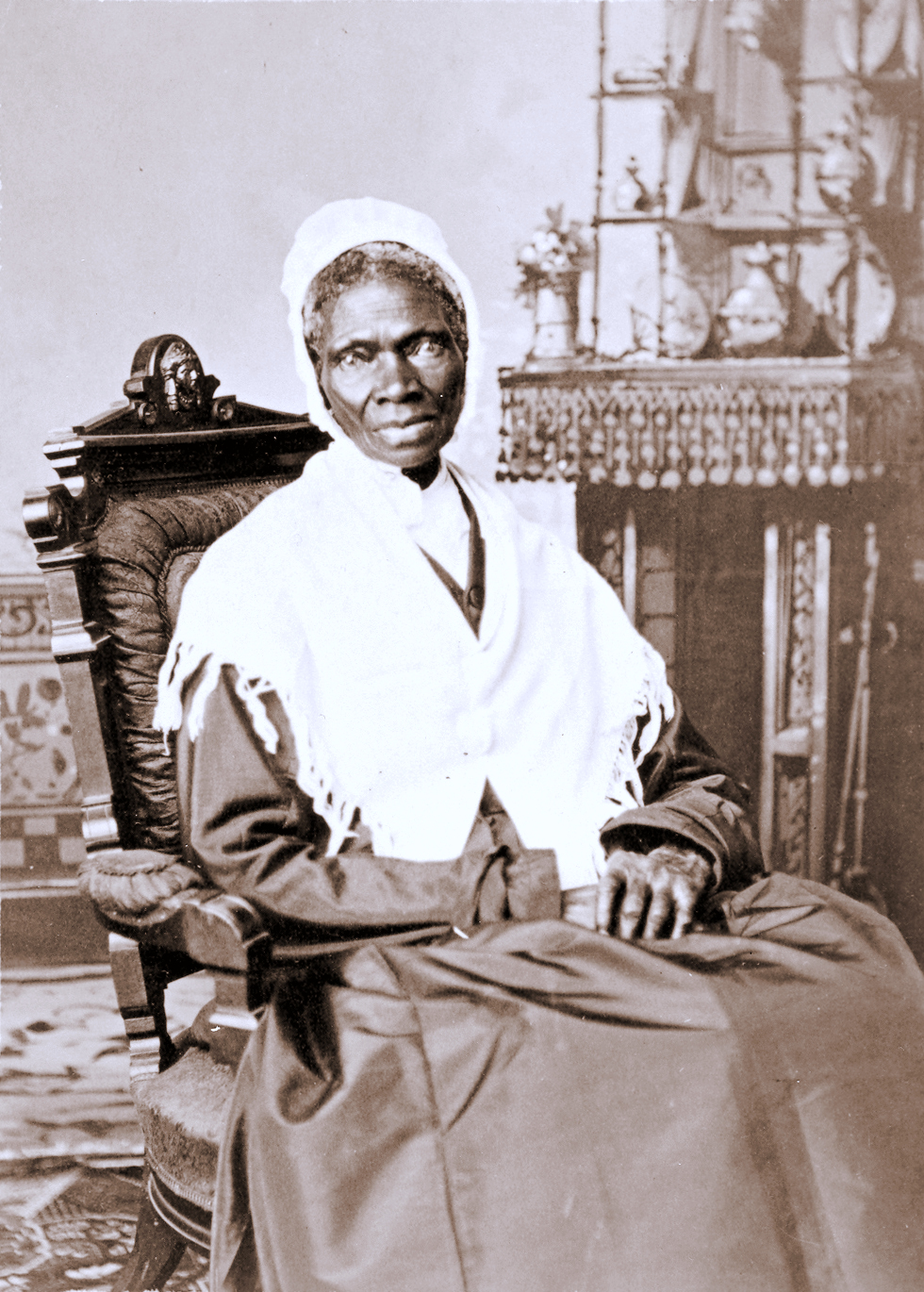A photo of President Lincoln giving his first inaugural address
Lincoln starts the speech with saying that he feels no need to address matters of presidential administration as he doesn't find them important. He then states that he has no intention of abolishing slavery and reassures the people of the southern states that he isn't out to completely change their way of life or give them any reason to fear their rights might be infringed upon. He also addresses the issue some people have regarding slaves, pointing out that the decision written in the Constitution would be carried out, so they wouldn't have to worry about how it's being carried out. Throughout the entire speech, Lincoln tries to gain support from the Southerners and clear up any misconceptions they might have about his goals as President. He also says something about the threat to the unity of the country and how a state can't just leave the Union lawfully, as well as the fact that the Constitution says nothing about Congress's power over slavery in the new states, but does say that any right written plainly in the constitution has never before been denied. Lincoln stated that the dispute over slavery was the only substantial one having effect then immediately. He then says that, because of this and because of smaller problems arising from this, some people want to amend the Constitution, which he recognizes as a right that the citizens have, declaring the country to belong to the people. Lincoln later addresses the issue of secession again, saying that he has no authority over making terms for the separation of states because the people haven't given him any to do so. He concludes the speech by saying that the question of civil war is in the people's hands, not his, and that everyone in the country must remain as friends, not enemies.

.jpg)







